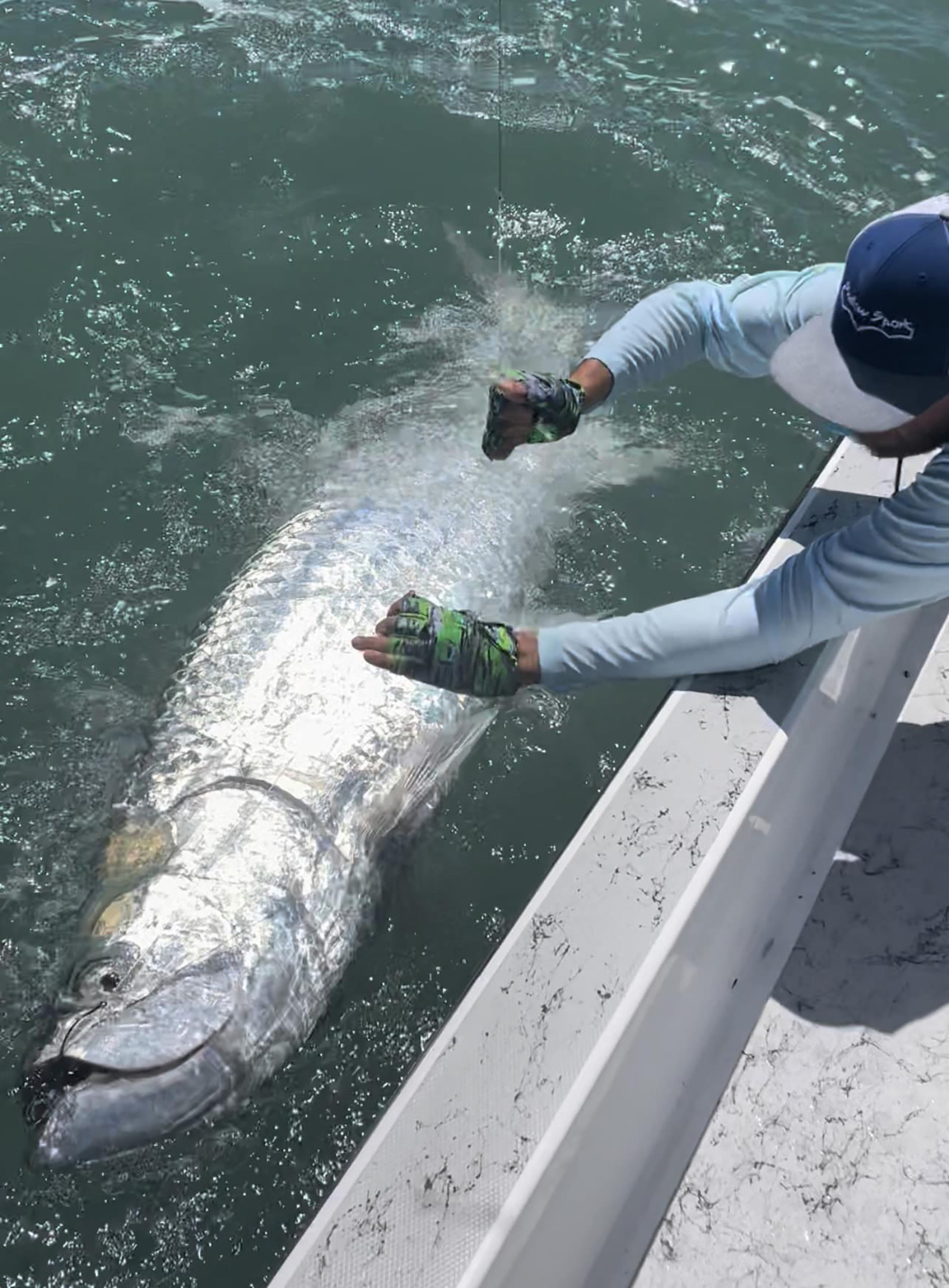Recreational red snapper fishing in the Gulf of Mexico is going to be short-lived in 2014, but just how long Texas anglers will actually have to pursue the noted sport fish in federal waters remains up in the air.
The Gulf of Mexico Fishery Management in a stunning move Thursday approved an 11-day Gulf recreational snapper framework, which could be shortened further as Gulf states continue to rebuke federal intrusion on the overall fishery.
Texas already allows red snapper fishing year-round in state waters that extend 9 nautical miles off its coast, and Louisiana fisheries officials on Thursday approved allowing the same parameters in its state waters.
The bag limit in federal waters remains two fish that are at least 16 inches long, while the daily framework in Texas state waters is four fish which must be at least 15 inches. However, more than 95 percent of the red snapper landed in Texas come from federal waters, according to Texas Parks and Wildlife Department figures. Most of that catch – about 80 percent – comes from head boats which take out numerous paying clients offshore.
In Texas federal waters begin 9 nautical miles from the coast and extend 200 nautical miles.
The issue with expanding red snapper recreational fishing opportunities in state waters is that it could further restrict the overall season in federal waters due to the added hit on the sport-caught quota.
The biggest state player in the red snapper fishing debate is Florida, which features better snapper habitat in its state waters than Texas, and should it open its waters to increased fishing pressure, it could shut down the Gulf’s overall sport snapper fishery altogether. Florida’s snapper season in 2013 ran 44 days starting in June, much like Texas’ season, and included 28 days of state and federal water fishing that ran at the same time.
Florida fishery officials are expected to make a decision next week on its state water red snapper season.
The Gulf council in December set a 40-day recreational red snapper season.
The length of the federal recreational season in the Gulf is determined by the amount of the quota, the average weight of fish landed and estimated catch rates over time. NOAA Fisheries is responsible for ensuring the entire recreational harvest, including harvest in state waters, does not exceed the recreational quota. Therefore, if states establish a longer season or a larger bag limit for state waters than the federal regulations allow in federal waters, the federal season must be adjusted to account for the additional harvest expected in state waters.
The method for calculating the dates for the federal season for each state are available online.





















